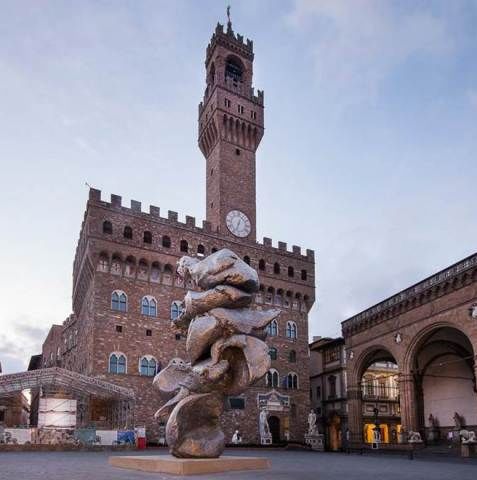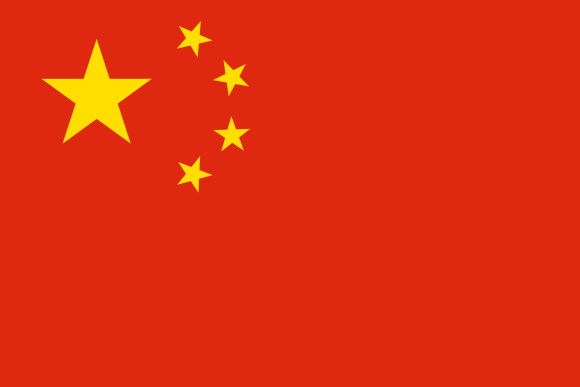For the ancient Greeks and Renaissance Neoplatonists, the Dodecahedron represented the entire universe, while the other Platonic polyhedra represented the four elements: earth (the cube), air (the octahedron), water (the icosahedron) and fire (the tetrahedron).
Da Vinci designed the polyhedra for Luca Pacioli’s manuscript De Divina Proportione. He admired the shapes with which nature created and transformed matter, reflecting on the way that man, a part of this creation, can interpret and reinterpret it. For Da Vinci, the interconnectedness between the three worlds that make up the universe – vegetal, animal and mineral – was a mystery to be revealed but not violated.
The Mulberry tree was one of the most important plants for Da Vinci, and he depicted it as a sole theme in the Sala delle Asse (the room of the wooden boards) in Milan’s Sforza Castle. Moreover, the leaves of the Mulberry tree are used by the insect Bombyx mori to produce the wonder of silk, a material that for Da Vinci well captured the mystery, force, grace and beauty of nature and its interconnectedness with man.
Da Vinci studied techniques of silk production in depth, and in his sketchbooks, innovative jottings for technological equipment and devices to be used in silk production can be found, with particular emphasis on spinning machines and processes (Codice Atlantico f.103a r, f.985 r-v, f.1090 r-v, Codice Madrid f.65 v, f.66 r, f.67 v, f.68 v).
The Dodecahedron and the Mulberry tree encapsulate one of the main themes of the exhibition that will open in September in the Santa Maria Novella complex, introducing Da Vinci’s systemic vision of the world to the general public.
After five centuries, his perspective offers us an invaluable opportunity to observe, interpret and reinterpret the world of today, interweaving the systemic thinking he suggested five hundred years ago with the knowledge and technology now available to us (including the -omic sciences, mathematics and bioinformatics).
Taking Da Vinci as a model for our immediate future involves imagining a new vision of the world, and a different understanding of the role of humans within it. One of the aims that we should be setting ourselves is certainly to find new ways to reduce the artificial nature of progress (today caused mainly by non-biodegradable chemical substances that are not part of the ecosystem) and study how to defend ourselves from the impending threat that the epigenetic influx of genetically modified organisms bring with them.
Drawing from Da Vinci in an authentic and yet contemporary way also means trying to define a new way of thinking that considers the events in Florence starting from the beginning of the 15th Century and makes them relevant today. A period in which, under the patronage of the Medici, alchemy and Neoplatonic thought embraced and nurtured the arts, technology and science according to an organic vision that was at once both highly cohesive and incredibly diverse.





